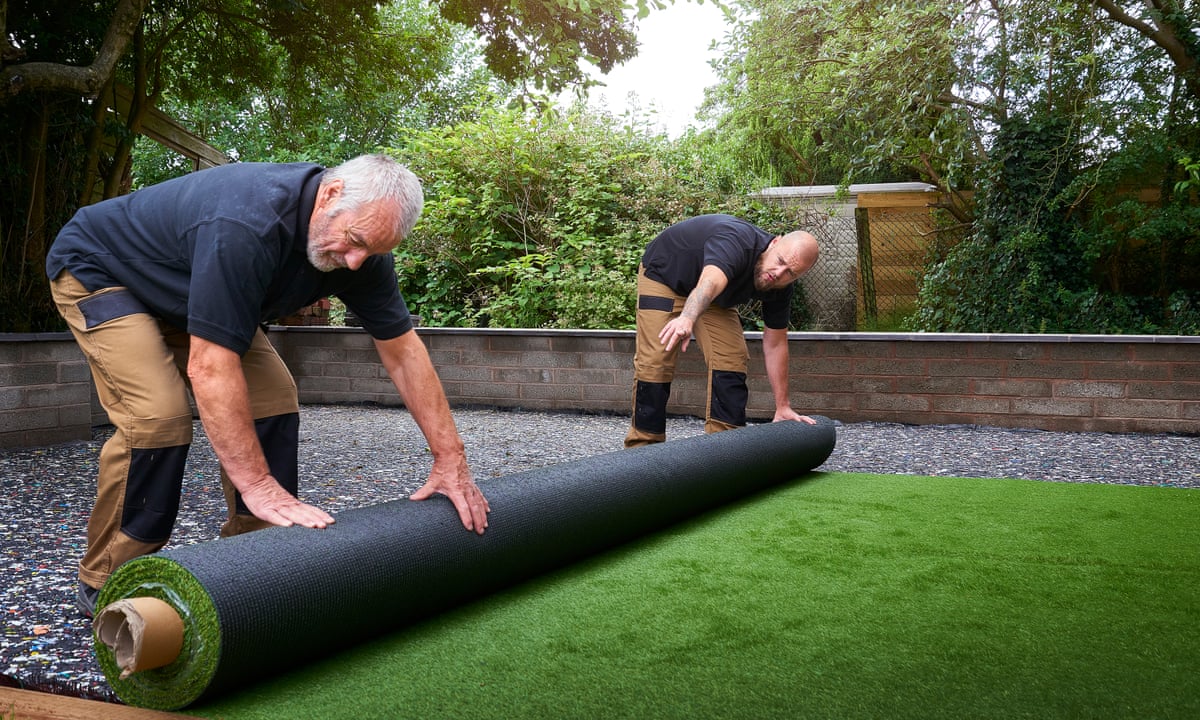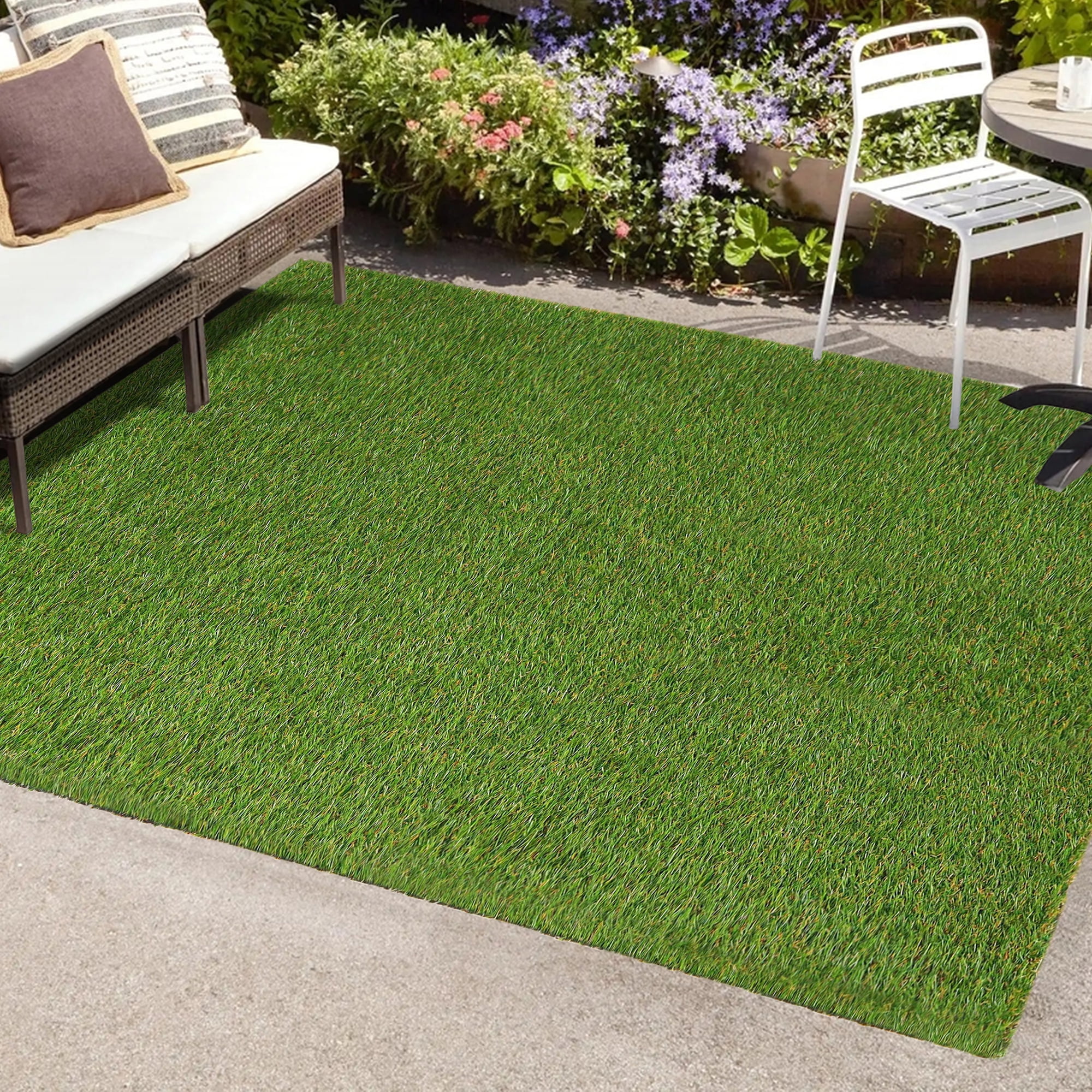Choose Highly Recommended Artificial turf companies for a Outstanding Outdoor Space
Understanding Exactly How Artificial Lawn Functions for Your Home and Garden
Fabricated grass has emerged as a sensible remedy for homeowners seeking to improve their outside spaces without the problems of standard grass maintenance. The effects of selecting artificial grass prolong past plain appearance; they touch upon environmental factors to consider and long-lasting sustainability.
Benefits of Synthetic Grass
Recognizing the expanding appeal of synthetic grass, it is necessary to explore its numerous advantages. One of the most substantial benefits is the decrease in upkeep demands. Unlike natural yard, artificial lawn does not need fertilizing, watering, or mowing, which translates to time and cost financial savings for property owners. This low-maintenance choice is specifically enticing in regions with limited water sources, as it saves water and decreases total environmental impact (Arizona artificial grass).
In addition, synthetic grass supplies a rich and continually green look throughout the year, despite weather. This visual allure boosts the aesthetic top quality of any type of landscape, making it an eye-catching option for houses. Furthermore, fabricated lawn is sturdy and designed to hold up against hefty foot web traffic, making it a suitable service for families with pets and youngsters.
Safety and security is one more essential factor to consider; contemporary synthetic grass is commonly made from safe products and incorporates shock-absorbing innovations, reducing the threat of injuries during play. Synthetic lawn is resistant to parasites and weeds, getting rid of the need for chemical treatments, therefore advertising a much healthier outside setting. On the whole, the benefits of synthetic grass make it a compelling choice for boosting home and yard rooms.
Setup Refine Introduction
When thinking about the setup of synthetic grass, a systematic technique is important to make certain optimal outcomes. The installation process generally starts with detailed site prep work, which includes getting rid of the area of any type of existing turf, debris, and rocks. This step is important for establishing a stable and degree foundation.
Following, it is necessary to assess the drain abilities of the location. Proper drain is important to stop water merging on the surface, which can bring about early wear or concerns with mold and mildew. This may need excavation and the installation of a drainage system if needed.
Once the site is prepared, a base layer is mounted, normally including smashed stone or decomposed granite, compressed to produce a solid surface area. After achieving a smooth base, a geotextile textile is laid down to inhibit weed growth.
The turf rolls are placed, cut to fit, and safeguarded at the seams utilizing specialized or adhesive lawn tape. Appropriately following these actions will result in a resilient and cosmetically pleasing synthetic grass installment.
Types of Synthetic Turf

One of the key groups is property lawn, which is commonly made use of in yards, backyards, and play areas. This type generally features a soft structure, making it risk-free for children and pet dogs. Business turf, on the various other hand, is engineered for high-traffic areas, such as sports fields and local parks. It offers resilience and durability, ensuring it withstands extensive usage while maintaining its look.
Another category consists of landscape turf, which imitates natural lawn very closely to enhance the visual allure of gardens and exterior areas. Furthermore, placing green lawn is specifically designed for golf enthusiasts, featuring a much shorter stack height and a smooth surface area for an optimal putting experience.
Finally, pet-friendly grass includes antimicrobial residential or commercial properties and sturdy products to guarantee a safe and sanitary setting for family pets. Choosing the right kind of fabricated turf is critical for accomplishing the designated look and functionality in your house and yard.
Upkeep Needs
Correct upkeep is important for prolonging the lifespan and appearance of synthetic grass. Routine upkeep not only boosts visual charm yet additionally guarantees ideal efficiency. The primary maintenance tasks consist of cleaning, washing, and evaluating the turf.

Washing the lawn with water assists get rid of dust, debris, and pet waste. Using a hose with a spray nozzle makes this task efficient and effective. In locations vulnerable to hefty rains, make certain proper water drainage to stop merging.
Additionally, regular evaluations for problems, such as splits or loosened joints, are critical. Timely repair services can avert a lot more substantial concerns and keep the integrity of the turf. By adhering to these upkeep demands, house owners can delight in the elegance and performance of their artificial grass for years to find, making sure a vivid and her response welcoming outside space.
Ecological Considerations
Synthetic grass presents a complex array of ecological considerations that warrant mindful evaluation. Mesa artificial turf. While it lowers the demand for water, plant foods, and pesticides, which are normally connected with natural lawn upkeep, there are significant issues concerning its use, manufacturing, and disposal
The production of artificial turf includes petroleum-based materials, questioning regarding nonrenewable fuel source consumption and greenhouse gas discharges. In addition, the installation process often calls for a layer of infill, frequently made up of products like crumb rubber, which can launch harmful chemicals right into the setting.

Disposal of synthetic grass offers an additional difficulty, as it is not naturally degradable and can add to landfill waste. Some reusing choices exist, however they are not commonly offered or obtainable.
Conclusion
In summary, synthetic grass presents countless benefits for residential and yard applications, consisting of aesthetic allure, low maintenance, and safety for children and pet dogs. The installation process requires cautious consideration of water drainage, base products, and lawn placement to make certain toughness and efficiency. Numerous types of synthetic grass provide to various requirements and preferences, while ecological factors to consider highlight its possible sustainability benefits. In general, synthetic lawn acts as a functional and appealing option to natural yard in exterior areas.
Overall, the advantages of man-made lawn make it an engaging choice for improving home and yard areas.
When considering the installation of man-made turf, a systematic technique is necessary to make certain optimal outcomes. The turf rolls click for source are placed, reduced to fit, and secured at the seams using glue or specialized lawn tape. Correctly adhering to these steps will certainly result in a durable and visually pleasing fabricated lawn installment.
In recap, synthetic lawn presents many benefits for property and garden applications, consisting of aesthetic appeal, reduced maintenance, and safety and security for kids and pet dogs.